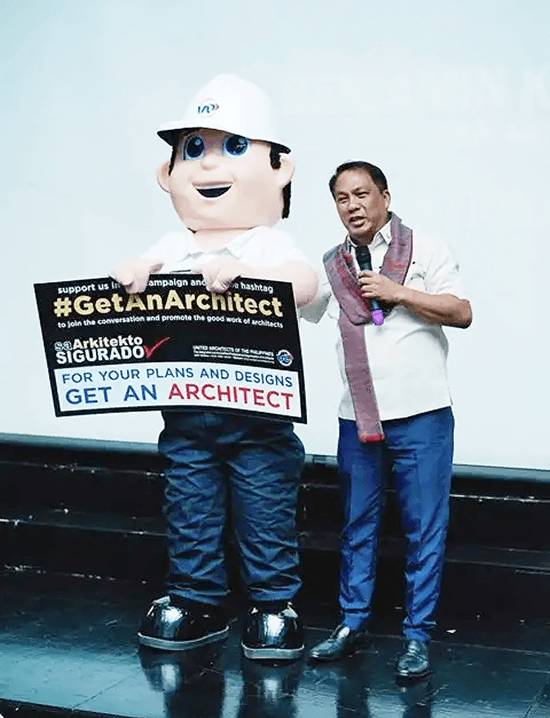With the landmark decision of the Supreme Court Second Division on G.R. 200015 and G.R. 205846, issued on October 30, 2024, and recently published and received in January 2025, following their Notice of Decision denying the Philippine Institute of Civil Engineers’ motion for reconsideration with finality, it is now evident that the architectural permit and structural permit, previously withheld in many City Building Official offices, will now be strictly implemented by the DPWH.
The Department of Public Works and Highways (DPWH) and the United Architects of the Philippines (UAP) have long awaited this Supreme Court decision, which confirms the rightful professionals to sign and seal architectural plans and documents. It has taken 20 long, painstaking years for the architectural profession to correct this injustice and celebrate this significant victory.

With this decision, the DPWH can now move forward and ensure strict adherence to building permit applications by requiring their Offices of the Building Official to re-install the architectural permit for architects and the structural permit for civil engineers. This measure ensures that the right professionals are held responsible under the National Building Code of the Philippines.
On January 15, 2025, the law firm of Poblador, Bautista, and Reyes, legal counsel for the UAP, received the Supreme Court’s Notice denying with finality the motion for reconsideration regarding the case between architects and civil engineers. The ruling clarifies who is authorized to sign and seal architectural plans and documents for building and auxiliary permits. It is presumed that the DPWH, the Philippine Institute of Civil Engineers, the Office of the Solicitor General, the Court of Appeals, and other concerned parties have also received their respective copies of this decision.
This year, 2025, marks a pivotal moment in the architects’ quest for proper recognition as the prime professionals for vertical structures and architectural building permit plans, designs, and documents. The Supreme Court ruling reinforces the architects’ role as the lead professionals in conceptual and spatial planning solutions while also impacting their collaborative work with civil engineers.
In response to this decision, government agencies such as the DPWH and the DILG will need to initiate administrative and operational adjustments to align with the Supreme Court’s directives.
Monitoring and Implementation
Government agencies tasked with enforcing compliance with the Supreme Court decision must ensure its proper implementation. Stakeholders and private entities, such as the UAP, should actively monitor, issue notices, and, if necessary, file administrative cases to address non-compliance with the Court’s ruling.
Encouragingly, there are reports from various City Building Official offices nationwide that have started implementing the Supreme Court’s decision on architectural permits.
Thanks to the tireless efforts and perseverance of past national presidents of the UAP, its administrations, and the UAP Special Committee on Task Force R.A. 9266, which oversees the nationwide implementation of the Architects Law, architects across the country remain hopeful for fruitful collaboration with allied technical professionals. Together, they aim to deliver responsive and excellent outputs for society.
Arch. Benjamin K. Panganiban, Jr. is a past national president of the United Architects of the Philippines (UAP) and the first national president from Mindanao. With over 39 years in private practice, he is a Fellow of the UAP and the first ASEAN and APEC architect from Davao City. A graduate of Bachelor of Science in Architecture from the University of Mindanao, he is also a Doctor Fellow of the Royal Institute of Architects Singapore and a recipient of the European Business Assembly.
